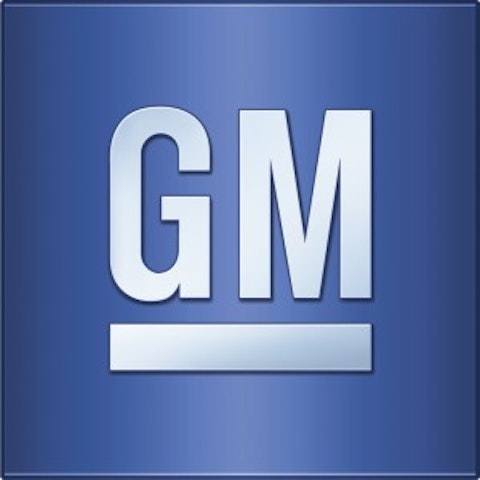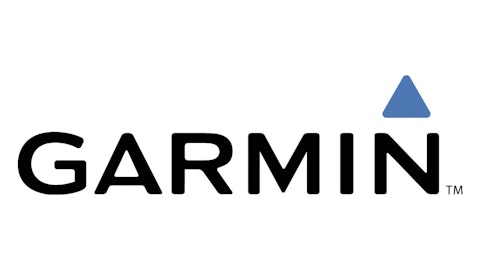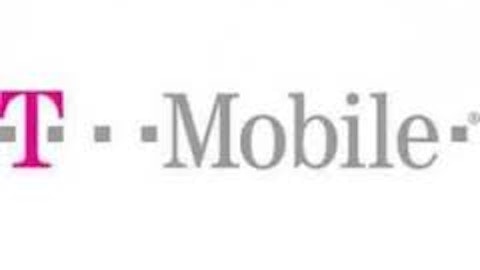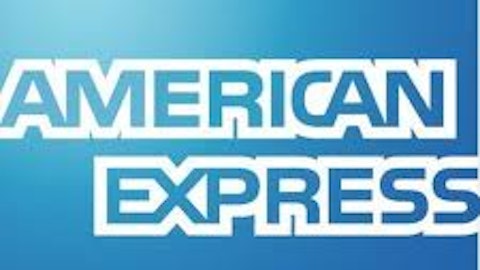
General Motors Company (NYSE:GM) is well-known for its diverse stable of brands. Few of these have been developed in-house, as GM’s early history is riddled with acquisitions. General Motors Company (NYSE:GM)’s first major acquisition, which brought Cadillac into the fold, took place only a year after incorporation, on July 29, 1909. The original purchase price of approximately $6 million would be equal to $150 million today and is significantly lower than Cadillac’s annual sales in the United States alone — at the low end of $30,000 per vehicle (most Cadillacs are far costlier), sales of that marquee would have tallied at least $4.2 billion 102 years after the purchase.
Cadillac quickly took a leading role in General Motors Company (NYSE:GM)’s growth, as its flagship Chevrolet brand wasn’t added to the stable for another nine years. The introduction of the electrical self-starter in Cadillacs beginning with the 1912 model year was a huge leap forward in automobile safety, and this new technology soon became the industry standard. A decade later, General Motors Company (NYSE:GM) was building 20,000 Cadillacs a year. The Cadillac marquee helped GM gain long-term placement on the Dow Jones Industrial Average (INDEXDJX:.DJI) in 1925, a decade after its first brief Cadillac-driven placement (it lasted only a year and a half) made General Motors Company (NYSE:GM) the first automaker to ever earn a place on the index.
Cadillac produced its millionth vehicle at the end of 1949. The ’60s became Cadillac’s decade, as annual sales climbed past 200,000 units by 1968. Even today, Cadillac is an integral part of General Motors Company (NYSE:GM)’s growth strategy. The marquee has become the tip of GM’s spear in its Chinese beachhead, and sales of 100,000 per year are expected by 2016, approaching GM’s 140,000 annual Cadillac sales in the U.S.
Financial implosion, savings and loan style
When First Republic Bank of Dallas, Texas failed on July 29, 1988 , during the opening saga of the savings and loan crisis, it set two dubious records: It had more assets than any other failed FDIC-insured bank in American history, and it also became the costliest individual failure for American taxpayers. Both records would stand for two decades.
First Republic had been the 14th-largest bank in the country, with more than 160 branches scattered throughout Texas. Formed in the desperate merger of RepublicBank and InterFirst a year earlier, this new Southwestern banking leader had been created as a way to stave off a failure that was eventually made inevitable by deteriorating real-estate values and a weakening regional economy. It had $33.4 billion in assets at the time of its failure, but weak real-estate prices, combined with a reluctance to write off non-performing loans, meant that the true value of First Republic’s assets was somewhat lower.





